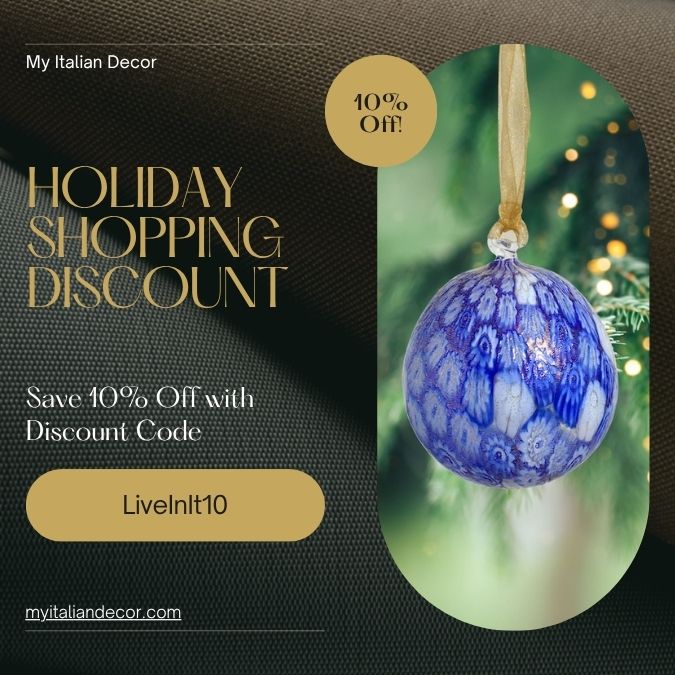Celebrating Life with Sparkling Italian Bubbles
When we have something to celebrate—or a new year approaching—we often reach for Italian bubbles. Whether toasting with family and friends, celebrating a wedding, or marking a special moment, sparkling wines from Italy bring joy and elegance to every occasion.
But where did this tradition begin? Why do we reach for bubbles when it’s time to celebrate? And what kinds of Italian sparkling wines exist beyond Champagne? Dive into the fizzy world of Italian bubbles—Franciacorta and Prosecco—and discover what makes each one special.

First things first: what is Champagne, anyway?
Before we dive into Italian bubbles, let’s take a quick crash course in Champagne. The name actually refers to a sparkling wine that goes through two fermentations. The first happens in steel tanks, just like most wines. Then comes the second fermentation -this time inside the bottle- and that’s where the magic (aka the bubbles) happens.
In Italy, this same winemaking method is called Metodo Classico. The main region where it’s made is Franciacorta, tucked next to Lake Iseo and just east of Milan and west of Lake Garda and Verona, between Bergamo and Brescia. Instead of calling it ‘Italian Champagne’, Franciacorta generally prefers to describe Franciacorta as a wine with its own distinctive identity and history.
If you want to geek out a bit more, the Franciacorta Wine Consortium’s website explains it really well. Or check out WineFolly, which has a great article that breaks it all down.
One key thing to remember: a wine can only be called Champagne if it’s made in France, specifically in the Champagne region around Reims and Épernay. In Italy, the version made using the same method is called Franciacorta, and in Spain, it’s known as Cava.
The grapes also differ from place to place. In Franciacorta, winemakers use Chardonnay, Pinot Nero, and Pinot Bianco – and lately, they’ve even added a new one called Erbamat to the mix.

When do we drink bubbles (and why they’re perfect for the holidays)?
Now that you know what sparkling wine is, let’s talk about why we reach for it when there’s something to celebrate. Champagne has a long history. Back in 17th- and 18th-century France, only the wealthy and aristocrats could afford it. It quickly became a status symbol across Europe. But there’s more to it than that: bubbles just feel festive. The popping corks, the fizz, the elegant glasses — they all add a little sparkle and a touch of luxury. Together, they bring joy and new energy to any celebration.
That sense of newness and excitement makes sparkling wine perfect for weddings, promotions, victories, and, of course, ringing in the new year. Basically, any moment that marks a fresh start or a success is ideal for a toast with loved ones.
From Franciacorta …
As we mentioned earlier, Italy’s answer to Champagne is Franciacorta. This gorgeous region sits next to Lake Iseo, between Bergamo and Brescia, just east of Milan and west of Verona and Lake Garda. There are about 120 wineries in the Franciacorta Wine Consortium, including big names like Ca’ del Bosco, Bellavista, Ferghettina, Tenuta Montenisa, and Guido Berlucchi.




Several photos of the wine tour in Franciacorta | @ Dennis Woudt
If you get the chance, exploring the region is a must. You can stay overnight at
several wineries. We stayed at Al Rocol, where a guide of IseoBike took us on a bike tour through the vineyards. We also got to taste the Franciacorta wines at Mosnel, which was amazing. It’s truly worth seeing for yourself, and I’ve put together some of my favorite tips on the Avinturo website.
… to Prosecco
Besides Champagne, there’s another well-known sparkling wine. The more summery Prosecco is often enjoyed as an aperitif. Prosecco is produced slightly differently than Franciacorta (Champagne). Unlike a secondary fermentation in the bottle, this takes place in sealed steel tanks. This is faster, making the wine cheaper to produce. This method of making sparkling wine is called Metodo Martinotti (also called the Charmat method).
Prosecco is familiar to many. However, most people don’t know where it originated. The Prosecco wine region is located between Valdobbiadene and Conegliano, in Veneto, just north of Venice.
We visited the region ourselves years ago. This enchanting area has since become a UNESCO World Heritage Site. You really should visit it yourself sometime. We combined lunch at Restaurant Salinas (I surprised my wife with it for her birthday) with a wine tasting and tour at Bisol 1542. This is located in the heart of the Prosecco region, the Cartizze.

The beautiful Cartizze hills in the Conegliano – Valdobbiadene Prosecco wine region
After the tasting, the journey continued through the beautiful surroundings to Conegliano. From there, we took the train to Venice the next day. Very relaxing and easily accessible. Only to find ourselves in line (or rather: stuck 😔) in overcrowded Venice.
Don’t forget to try the Cicchetti here. A kind of tapas, delicious small dishes from this region. A beautiful day, indeed. But in hindsight, we should have chosen a day in the early or late season. We plan to go back. Prosecco will always be exciting, and with around 200 wineries affiliated with the Consortium of Conegliano Valdobbiadene Prosecco Superiore DOCG, there are plenty of new Proseccos to try.
Discover your favorite bubbles
What’s the tastiest bubbles in Italy? Is it Franciacorta or Prosecco? It’s a question that can’t be answered in general terms. But only you can answer that question. It’s always a matter of taste.
My personal favorite is a glass of Prosecco with fine small bubbles.
Definitely go and taste them both yourself. At home, or in Italy itself. In both regions, there are various activities to do and official wine routes to discover. For more information, check out the website of the Strada del Prosecco e Vini dei Colli Conegliano Valdobbiadene or Avinturo (Franciacorta vs. Prosecco).
You won’t regret a visit to this region.
Go for the adventure and discover the bubbles with your best friends and loved ones.
And above all, celebrate life.
Saluti!
Dennis


